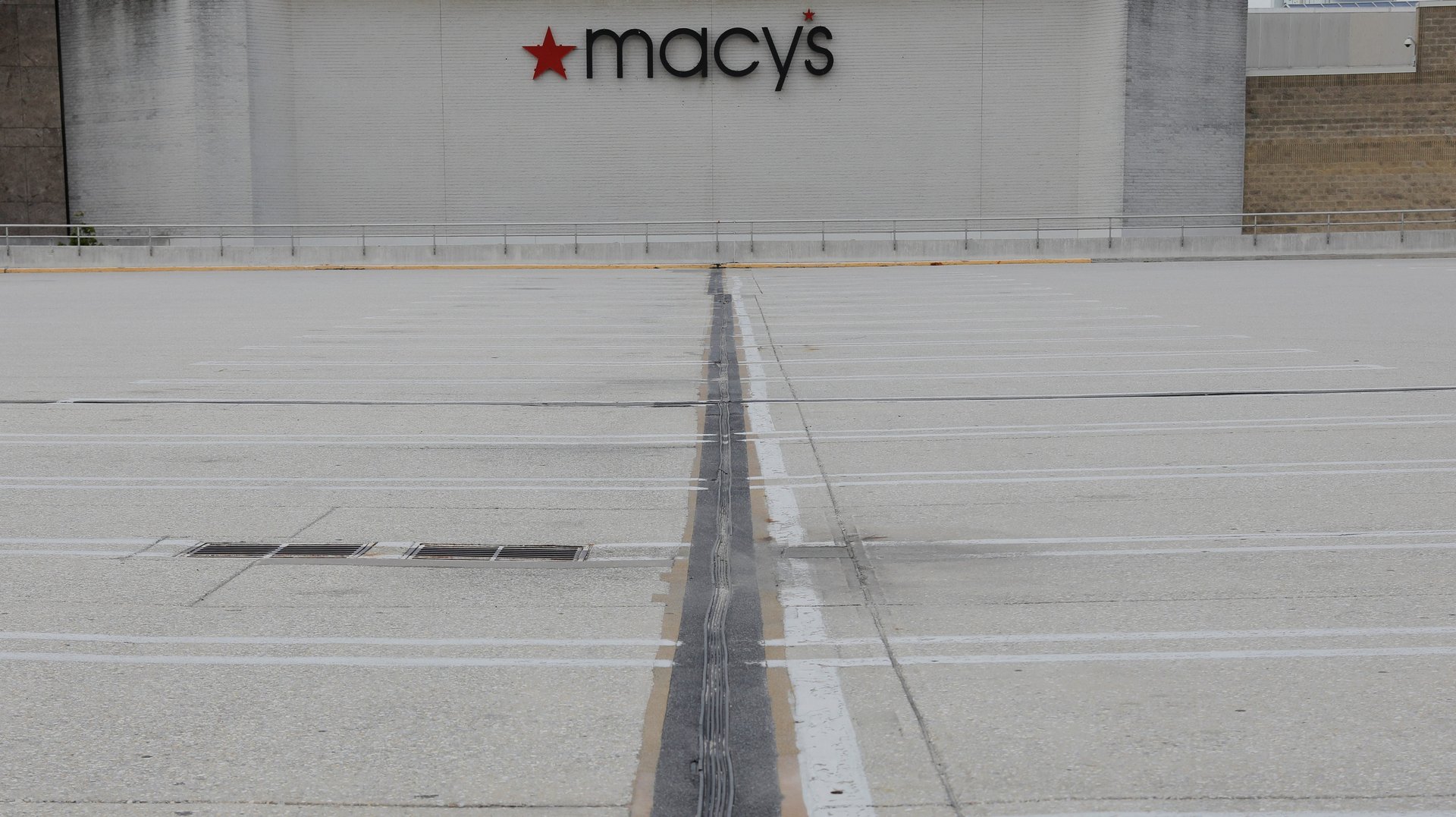The US shopping mall was already in trouble—then came Covid-19
Even before the pandemic, many US malls were in decline. Years of developers overbuilding shopping centers resulted in a bubble of retail space that ultimately burst. While high-end malls filled with activities and restaurants still draw visitors, the rest often struggle to lure shoppers as their stores lose relevance and US consumers buy more online.


Even before the pandemic, many US malls were in decline. Years of developers overbuilding shopping centers resulted in a bubble of retail space that ultimately burst. While high-end malls filled with activities and restaurants still draw visitors, the rest often struggle to lure shoppers as their stores lose relevance and US consumers buy more online.
Now Covid-19 is increasing the pain. With stores closed and shoppers slashing discretionary spending, a large share of mall tenants are already failing to pay their rents. But even after the immediate crisis subsides, the pandemic is likely to spur a wave of store closures among retailers. Companies currently suffering include some of the biggest mall tenants in the US, many of them serving as important anchors in shopping centers around the country. Their struggles are only set to accelerate the demise of many malls.
Macy’s is the biggest mall tenant, occupying 6.2% of the square footage in US malls, according to a May 20 report by CoStar, a real-estate information firm. Last week, the company said it expects about $1 billion in losses this quarter, roughly equivalent to its entire profit in 2019. The next largest mall tenant is JC Penney, which recently declared bankruptcy and announced it would close 242 stores. Other big renters of mall space include Nordstrom, which plans to close 19 stores, and Victoria’s Secret, which said it will close about 250 stores in the US and Canada.
CoStar found that 14 of the top 20 occupants of US mall space are department store and apparel chains, which in itself is a problem for malls. Department stores were already in distress, and the outbreak is exacerbating their problems. Green Street Advisors, another real-estate services firm, estimated as many as half of mall-based department stores could close in the next two years. But clothing chains and department stores also face a greater threat of e-commerce cannibalizing store sales than some other mall occupants, such as movie theaters.
The high dependence on apparel retailers and department stores “puts malls at particular risk of future tenant move-outs,” CoStar said. That’s because department stores and some other large retailers have historically been critical anchors at malls, generating foot traffic and luring other businesses to open shop, sometimes with co-tenancy clauses that allow them to break their leases if the anchor leaves. So as more anchors close, those tenants may abandon malls too.
At the same time, other retailers concentrated in malls such as Neiman Marcus and J.Crew, both of which have recently filed for bankruptcy, are also likely to close stores, CoStar group said. It will further hollow out malls.
Those stores that remain could see their visitors fall even further as shoppers avoid venturing into crowded indoor spaces if they don’t have to. Respondents to one small survey of more than 500 US consumers by First Insight, a retail advisory firm, ranked shopping malls and department stores as the retail spaces they felt least safe shopping in as stores reopen, for instance. They felt more secure in grocery stores, big box stores, drug store chains, and even small local businesses.
Less demand for mall space also means mall operators will probably have to lower rents, bringing in less income. CoStar forecasts mall rents will drop 12.5% in 2020 compared to last year.